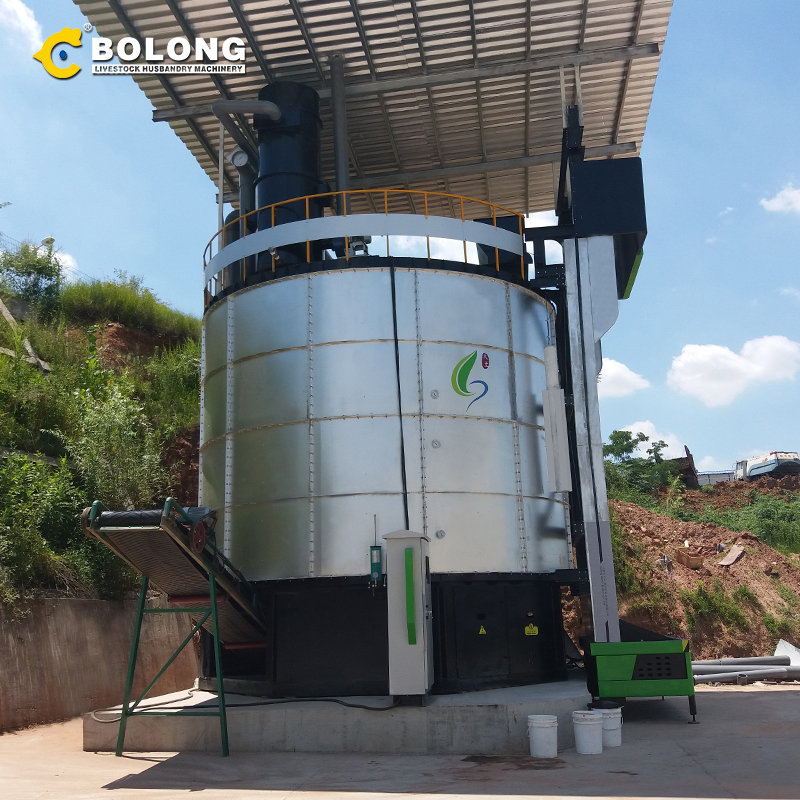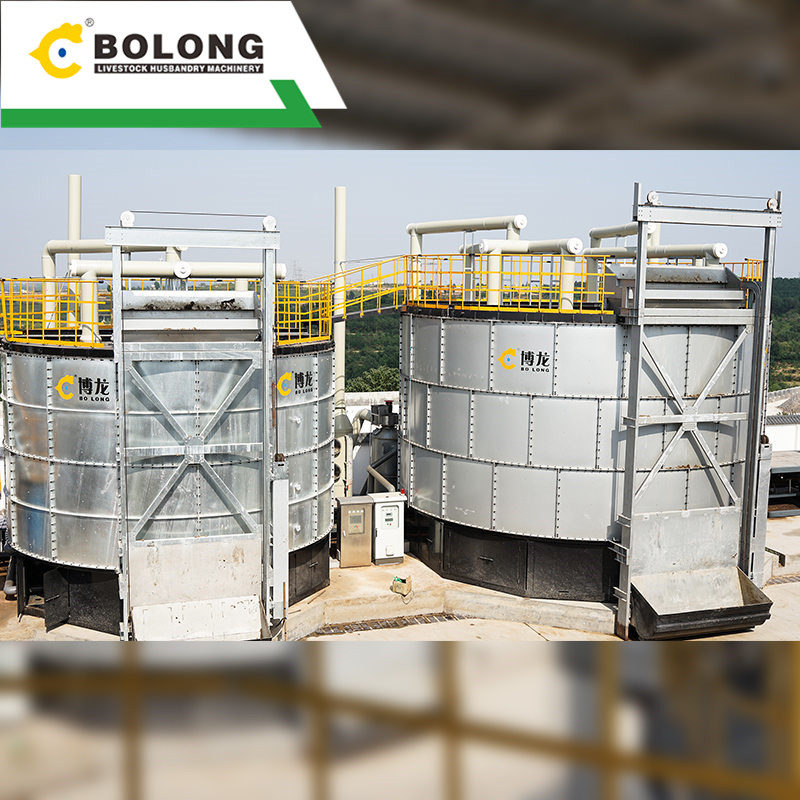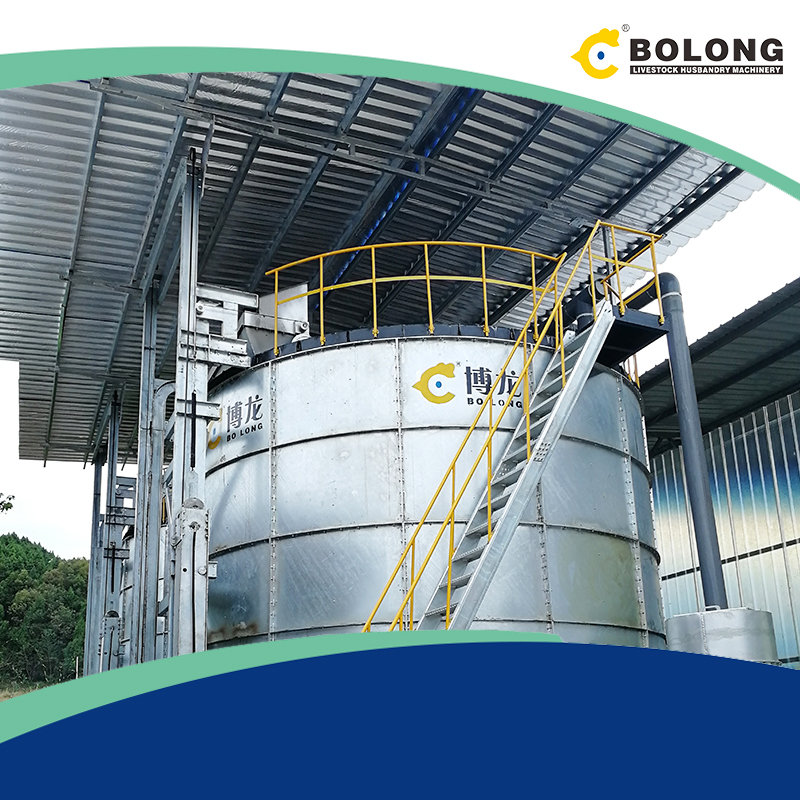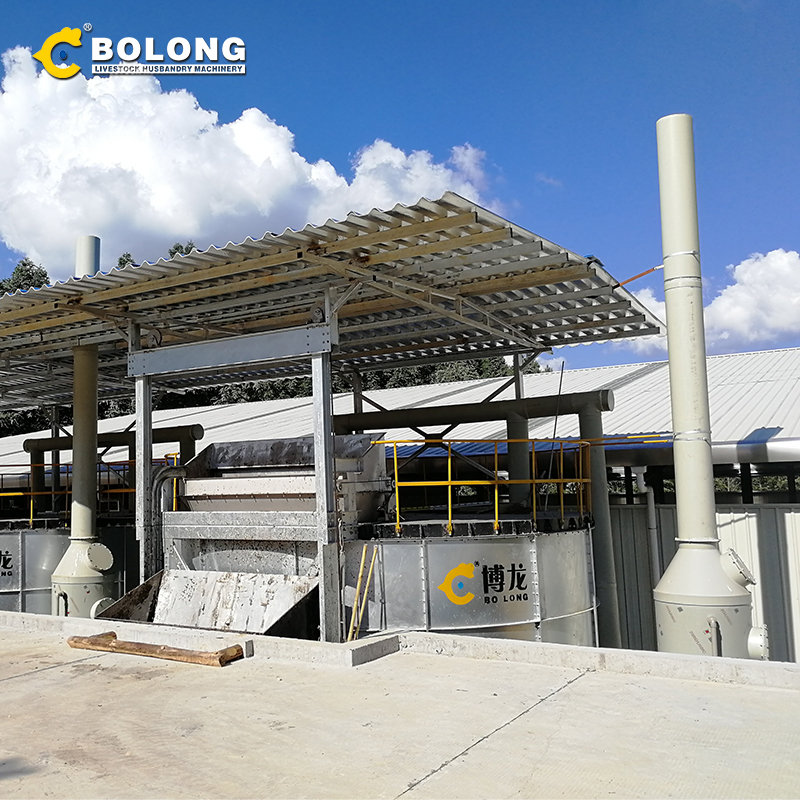2023/12/12/ · Composting requires a certain balance of carbon-rich materials (“browns”), such as dry leaves and untreated wood chips, to nitrogen-rich materials (“greens”), such as food scraps. The ideal ratio is roughly three parts browns to one part greens by volume. (This translates to roughly 30:1 in terms of elemental carbon to






